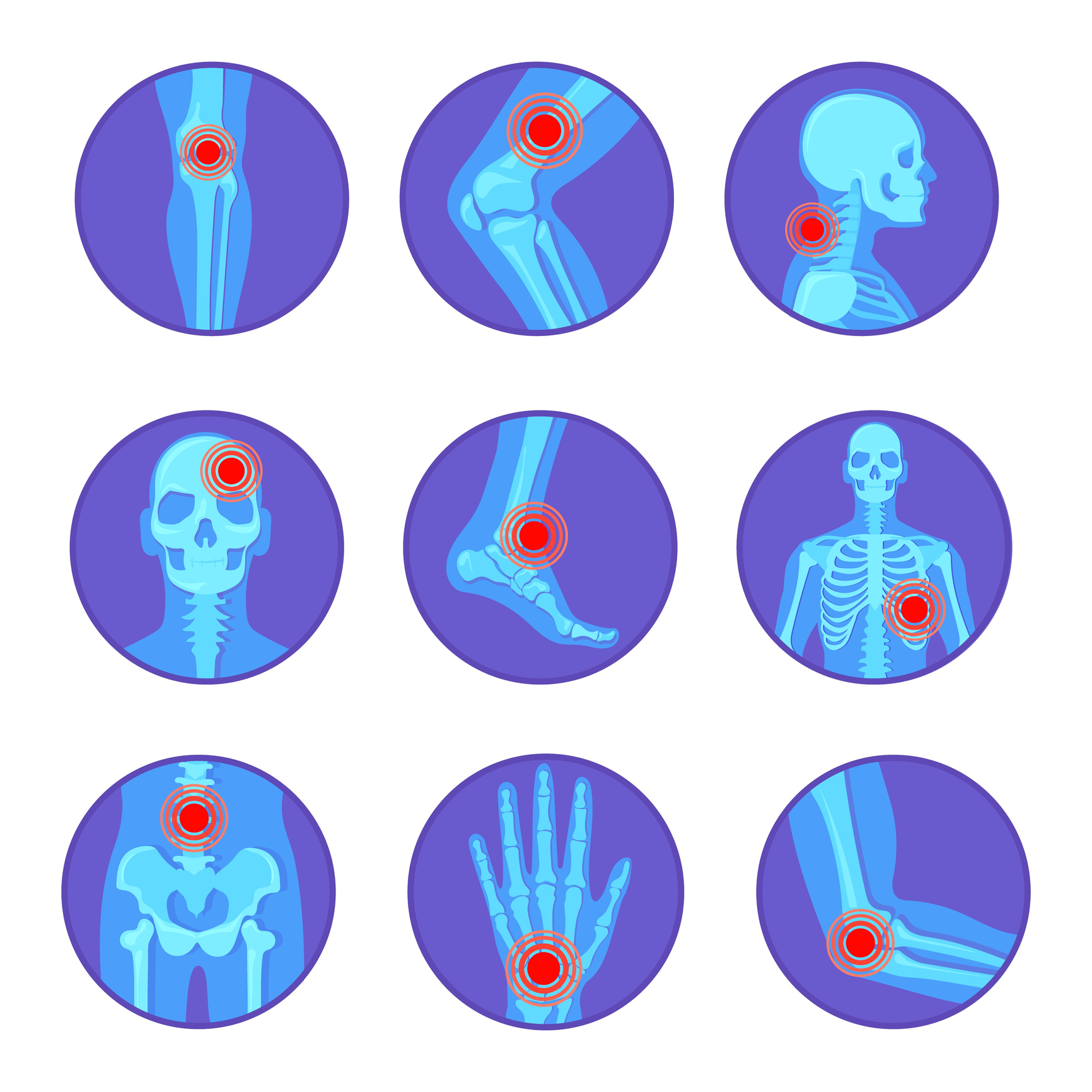This study aimed to identify 24‐hour activity–sleep profiles in adults with arthritis and explore factors associated with profile membership. Our study comprised a cross‐sectional cohort and used baseline data from 2 randomized trials studying activity counseling for people with rheumatoid arthritis (RA), systemic lupus erythematosus (SLE), or knee osteoarthritis (OA). Participants wore activity monitors for one week and completed surveys for demographic information, mood (Patient Health Questionnaire 9), and sitting and walking habits (Self‐Reported Habit Index).
Our cohort included 172 individuals, including 51% with RA, 30% with OA, and 19% with SLE. Four activity–sleep profiles (clusters) were identified and characterized primarily by differences in time in a non ambulatory activity: high sitters (6.9 hours sleep, 1.6 hours rest, 13.2 hours non ambulatory activity, and 1.6 hours intermittent and 0.3 hours purposeful walking), low sleepers (6.5 hours sleep, 1.2 hours rest, 12.2 hours non ambulatory activity, and 3.3 hours intermittent and 0.6 hours purposeful walking), high sleepers (8.4 hours sleep, 1.9 hours rest, 10.4 hours non ambulatory activity, and 2.5 hours intermittent and 0.3 hours purposeful walking), and balanced activity (7.4 hours sleep, 1.5 hours sleep, 9.4 hours non ambulatory activity, and 4.4 hours intermittent and 0.8 hours purposeful walking).
Meaningful subgroups were identified based on 24‐hour activity–sleep patterns. Tailoring interventions based on 24‐hour activity–sleep profiles may be indicated, particularly in adults with stronger habitual sitting or weaker walking behaviors.


